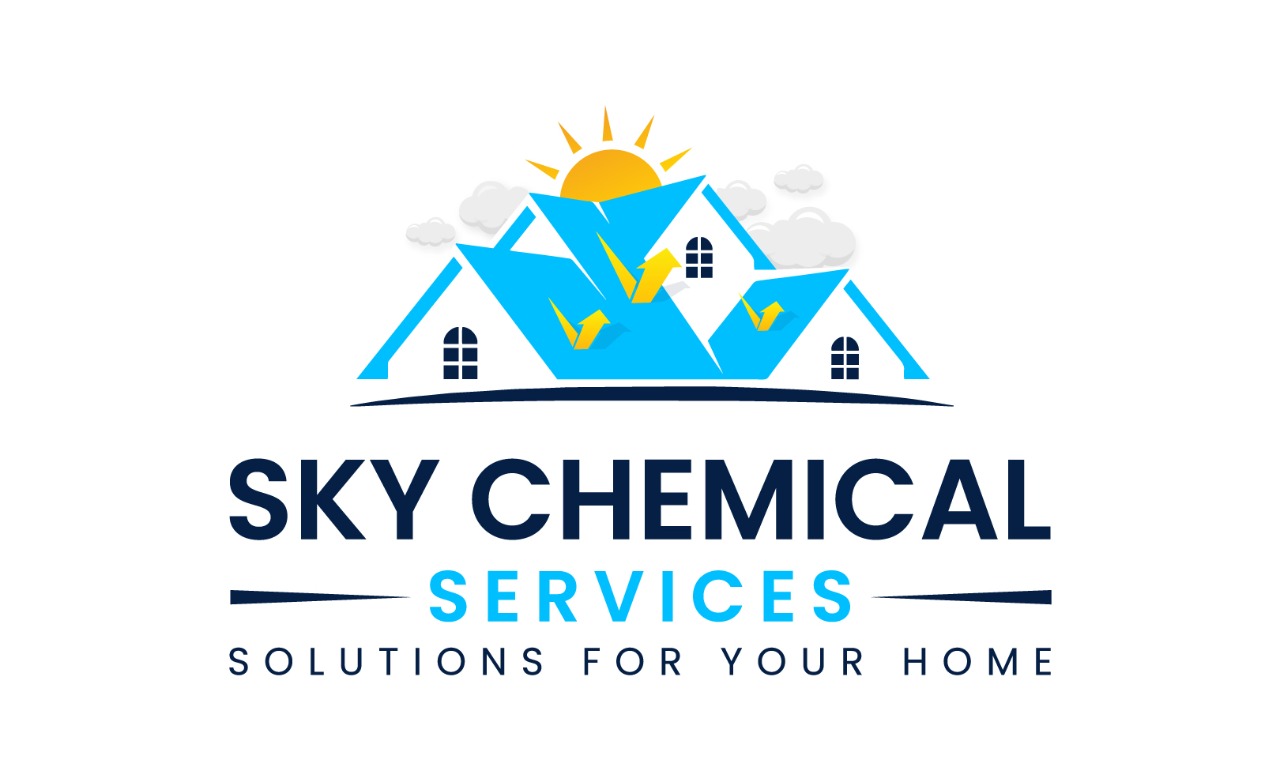Extreme climatic conditions and high-temperature environments are notable factors in propelling companies and entrepreneurs to improve heat-insulation processes. Fabric-heat-protection is one of the most effective methods to reduce humidity within closed structures. Whether you’re looking to insulate your home or develop special apparel for added protection, choosing the right fabric is necessary. Experience the best heat proofing solutions for your property.
To ease your selection dilemma, following are some types of fabric.
Cotton
People opt for cotton covering because of its characteristics like breathability and high reflectance. While it may not provide the best insulation against extreme heat, it is a good choice for lightweight and comfortable clothing in warm conditions. Cotton fabrics can be treated or blended with other materials to enhance resistance against the Sun’s rays.
Read More
Which Type of Tiles Are More Resistant to Water and Heat?
Which Protective Coating Can Be Applied on Galvanized Steel?
What is the Best Concrete Ratio for Waterproofing?
Linen
Another natural fiber that offers excellent breathability and resistance to moisture is linen: This material is optimal for hot and humid environments, allowing proper air circulation and protection from heat. In addition, the body or structure remains cool. Linen is used in summer clothing and bedding due to its heat-resistant characteristics.
Wool
Although wool is associated with warmth and comfort, it offers heat-resistant properties as well. Wool can regulate body temperature by wicking moisture away from the skin and regulating body temperature in cold and hot climates. Lightweight wool fabrics are suitable for heatproof clothing, making them ideal for outdoor activities.
Silk
Silk is a natural protein fiber known for its luxurious feel and temperature-regulating characteristics. It entails moisture-wicking properties, keeping the body cool in dry and hot conditions. Silk garments are popular choices for warm-weather clothing, especially for those seeking a touch of elegance.
Synthetic Fabrics
Various synthetic fabrics, such as polyester and nylon, are designed for performance and heat resistance. Polyester is known for its moisture-wicking and quick-drying properties, making it suitable for sports and outdoor activities. Nylon is lightweight, durable, and attractive. Moreover, it is an excellent heat-repellant material.
Fire-Resistant Fabrics
When it comes to extreme heat environments, fire-resistant fabrics are beneficial. Materials like Nomex and Kevlar are used to protect firefighters and industrial workers exposed to high heat and flames. These fabrics are engineered to withstand intense heat and provide a barrier against thermal hazards.
Reflective Fabrics
Reflective fabrics, made from materials like aluminized foil, reflect heat and radiation away from the body. They are used in thermal blankets, emergency shelters, and specialized heat-protective clothing. These fabrics are highly effective at preventing heat transfer.
Read More
Which Heat Proofing Material is the Best?
Which Coating is Best for High-Heat Conditions?
Is Acrylic Roof Paint Waterproofing?
Is Viscose a Good Heat-Repellant Material?
Viscose, a semi-synthetic fiber made from wood pulp, is not inherently known for its heat-repellant properties. In fact, it is considered to possess poor resistance to high temperatures. Viscose fibers are susceptible to heat damage, such as melting or scorching compared to other materials like cotton or wool.
When treated with certain flame-retardant chemicals, viscose becomes a heat-resistant material. However, it may not perform as well as natural or synthetic fibers. While viscose offers comfort and breathability, it is not the best choice for heat-repellant applications.
Bottom Line
The selection for the best heat-resistant fabric depends on the user’s needs and the environmental conditions. Natural fibers like cotton, linen, and wool offer breathability and comfort in moderately warm conditions. Synthetic fabrics like polyester and nylon are suitable for sports personalities. Fire-resistant fabrics are essential for extreme heat and flame exposure, while reflective fabrics and heat-resistant coatings provide additional protection in special situations.
When selecting a fabric for heat proofing, it’s essential to consider factors such as breathability, moisture-wicking properties, insulation capabilities, and the specific temperature range you need to address. Ensure that the fabric meets safety standards and requirements. By carefully assessing your needs and choosing the optimal fabric type, you can mitigate the impact of heat and create a safer and more comfortable environment.
Fabric selection can be an arduous task, especially for amateurs and newcomers. If you want to secure a long-lasting heat reflective material for your needs, connect with Sky Chemical Services, the best waterproofing company in Karachi, Pakistan.
